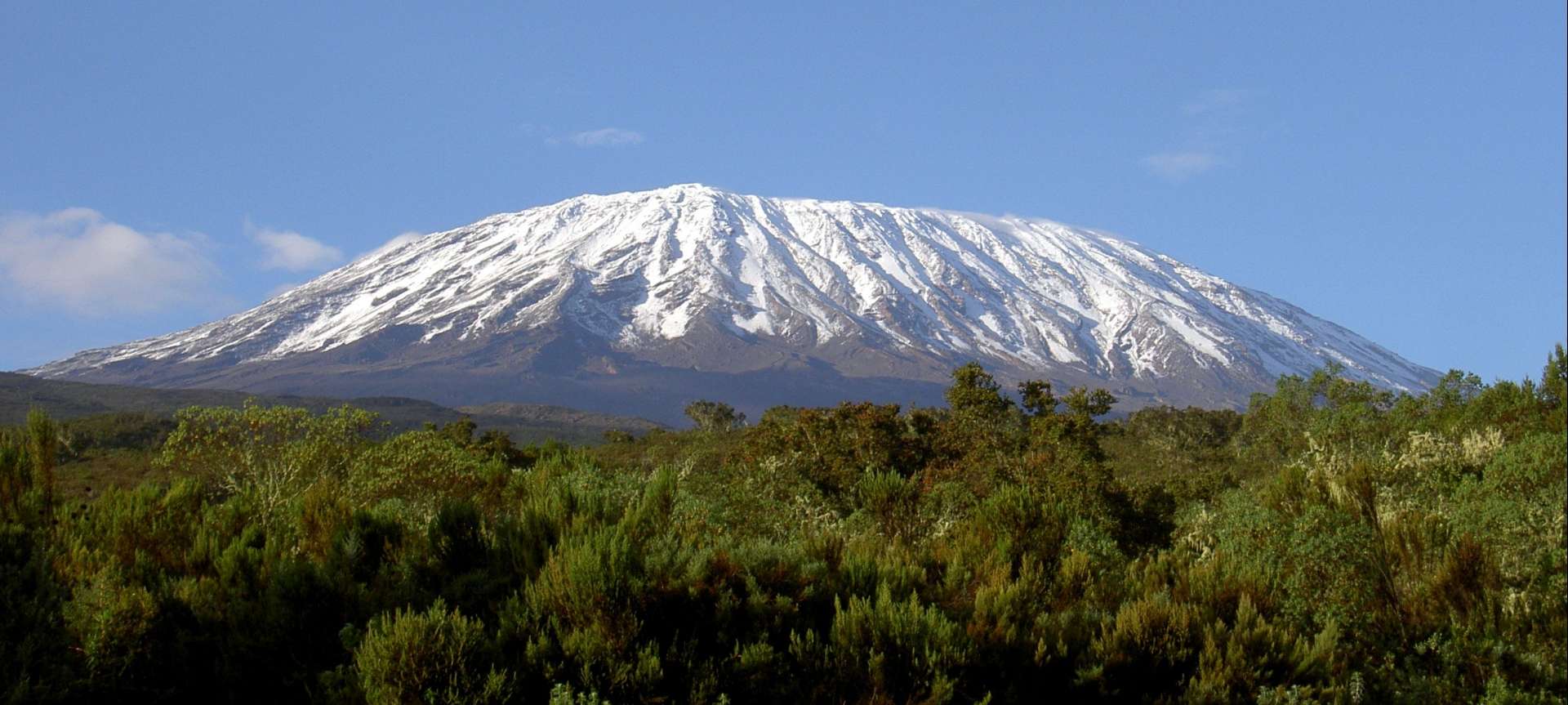Tucked away in Tanzania’s northern region, Lake Eyasi is one of East Africa’s most fascinating and lesser-known destinations. This saltwater lake, nestled at the base of the Ngorongoro Highlands, offers a rich cultural experience, diverse wildlife, and a serene environment for travelers seeking adventure beyond the more famous safari spots.
Known for its indigenous tribes, such as the Hadza and Datoga, Lake Eyasi is not only a destination for nature lovers but also a place where ancient traditions are still alive. Here’s everything you need to know about Lake Eyasi and why it should be part of your Tanzanian safari itinerary.
Why Visit Lake Eyasi?
Lake Eyasi offers visitors a unique mix of culture, wildlife, and natural beauty. Here’s what makes it an unforgettable destination:
1. Unique Cultural Experiences with the Hadza and Datoga Tribes
Lake Eyasi is home to two fascinating indigenous groups: the Hadza and the Datoga. These tribes live in a way that has remained largely unchanged for centuries. The Hadza people, one of the last remaining hunter-gatherer societies in the world, offer travelers the chance to learn about their nomadic lifestyle, ancient hunting techniques, and deep connection to the land.
-
Hadza Tribe: A visit to the Hadza people provides insight into their way of life, where traditional hunting methods, such as using bows and arrows, remain integral to their survival. You’ll have the opportunity to join a guided walk through the bush with Hadza hunters, learning how they forage for food and survive in the wild.
-
Datoga Tribe: The Datoga are semi-nomadic pastoralists known for their intricate beadwork and metal craftsmanship. A visit to their villages offers a glimpse into their rich cultural heritage, including the fascinating process of making tools and jewelry. best Kilimanjaro hiking routes
2. Wildlife and Birdwatching
While Lake Eyasi is not as famous for wildlife as Serengeti or Ngorongoro Crater, it still offers exciting opportunities for nature lovers. The lake is home to several species of birds, particularly flamingos, which congregate on the shores. Birdwatchers will find plenty to admire, as more than 400 bird species have been recorded in the area.
Additionally, the surrounding grasslands and bushland offer opportunities for spotting various wildlife, including gazelles, zebras, and the occasional cheetah or lion. While you won’t find large herds of animals like in other national parks, the variety of landscapes around Lake Eyasi provides a quieter, more intimate safari experience.
3. Scenic Beauty and Hiking
The area around Lake Eyasi is stunning, with panoramic views of the lake and surrounding hills. The landscapes change as you explore, from the dry, cracked earth of the lakebed to lush greenery and rolling hills. Hiking is a fantastic way to experience the beauty of the area, and it’s an ideal destination for photography, with golden sunsets and dramatic backdrops.
For those seeking a more adventurous hike, the Eyasi Escarpment offers a challenging trek with incredible views of the lake and the surrounding landscape. best Kilimanjaro hiking routes
4. Access to the Great Rift Valley
Lake Eyasi is part of the Great Rift Valley, a geological wonder that stretches from Syria to Mozambique. The Rift Valley is home to dramatic landscapes, including active volcanoes, lush forests, and rich wildlife. The region is a geological marvel, and Lake Eyasi offers visitors the chance to explore a lesser-known but equally beautiful part of the valley.
Best Time to Visit Lake Eyasi
-
Dry Season (June to October): The best time to visit Lake Eyasi is during the dry season when wildlife is more concentrated around the lake, and the weather is pleasant for trekking and cultural activities.
-
Wet Season (March to May): While the wet season brings lush landscapes and vibrant birdlife, the rains can make some areas difficult to access, and wildlife may be more dispersed.
For cultural visits, the dry season is also the best time to engage with local tribes, as they are more likely to be in their home villages during this period.

